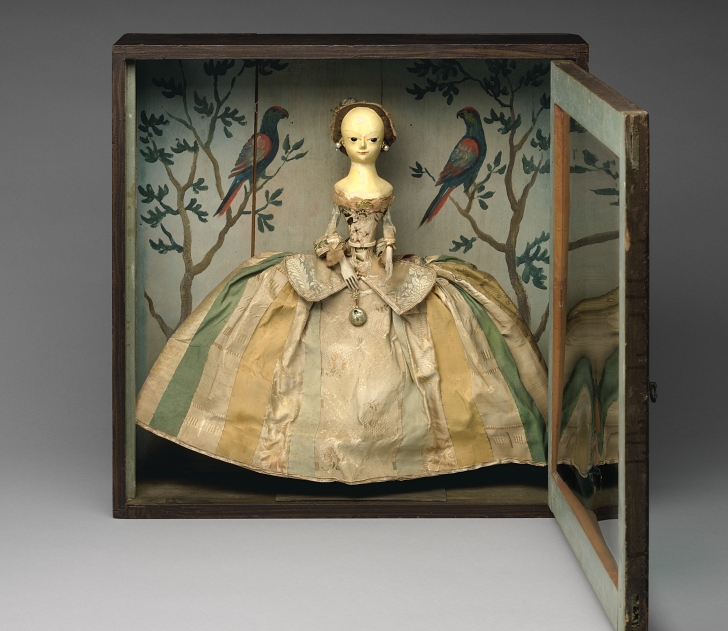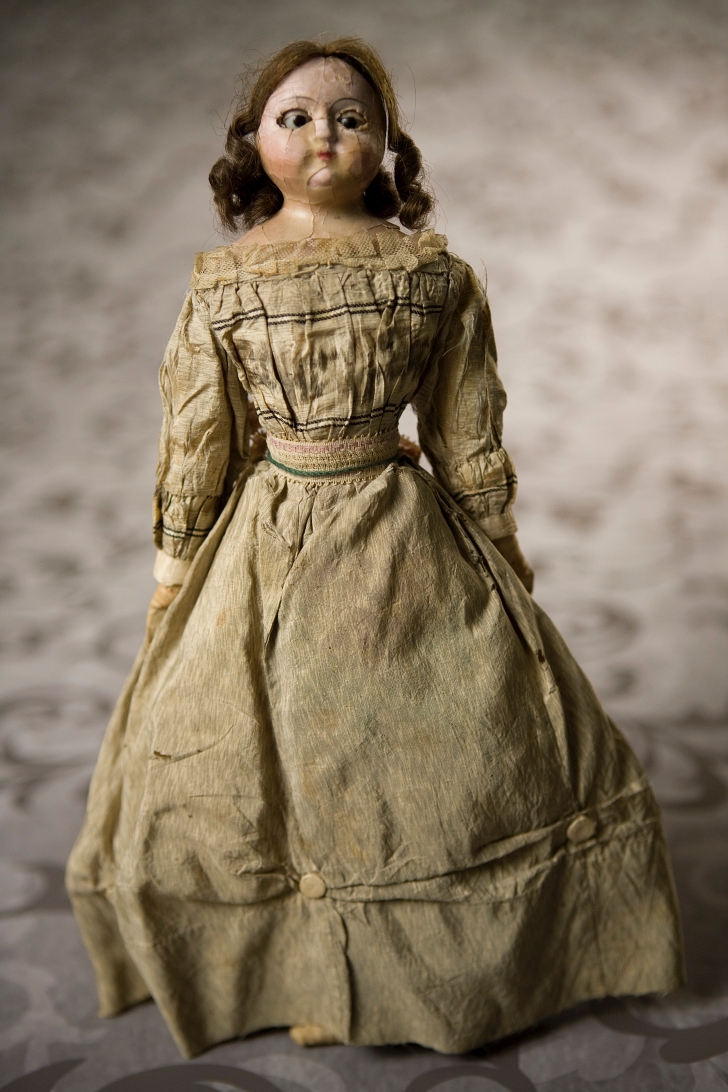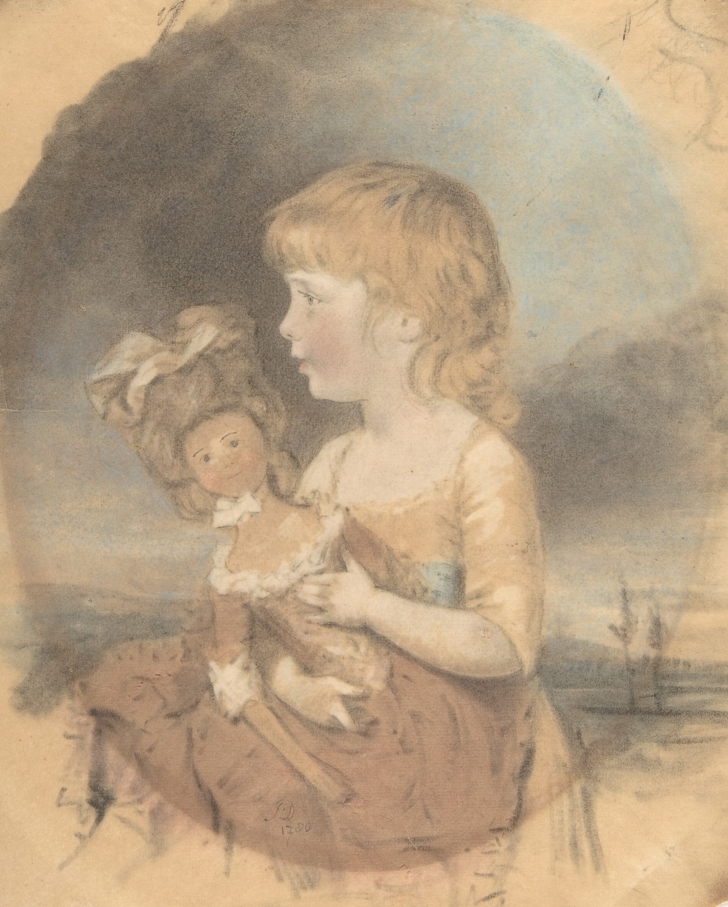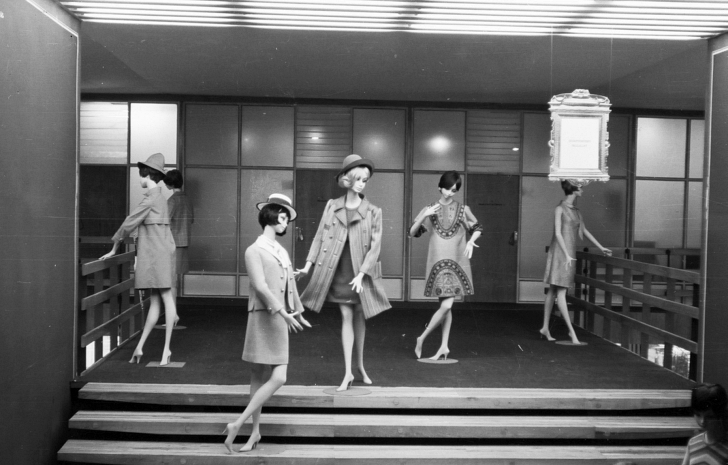The Fabulous World of Antique Fashion Dolls
They were much more expensive than Barbie.
For most of us when we read the words “fashion doll” we immediately think of Barbie and all her fabulous outfits from the past 60 years. But, the history of fashion dolls goes back quite a bit further – all the way to the 18th century when the wealthy commissioned elaborate dolls and beyond. But, these were not children’s playthings (or rather not only children’s playthings). These dolls served another purpose, long before haute couture favored real life runway models to show off their clothes.

For elite women of the 18th century the gowns they wore held great symbolic power. To be in fashion required up-to-date knowledge of all the trends coming from the epicenter of fashion: Paris, France. Women across Europe and even the US could study fashion dolls in order to see how the lace, satin, silk, and accessories would look in 3D.
At the time printed fashion plates were not only uncommon, they didn’t always portray the reality of the fabric or the fit when they were printed. For discerning women who wanted to know exactly how an outfit might look on them, fashion dolls were the way to get a decent preview direct from the tailor or dressmaker’s workshop.
These dolls could be made from wax, wood, or paper and usually had every single element that a real woman would need for a look. This included undergarments, corsets, panniers, tie-on pockets, lace cuffs and collars, earrings, petticoats, dresses, hats, wigs, shoes, tiny stockings and garters and anything else one could possibly need for a decadent ensemble. Even the hairstyles were copied by those who ordered fashion dolls from abroad, such as German women who wanted to know exactly how the Parisian women were having their hair done.

Not only did these dolls show how the clothes and fabric would lay, they also suggested styling based on trendy fashions. Women could attend public viewings of the dolls or could have a private session with the dolls brought to their homes. The extremely wealthy would have had their dolls custom made for them and many of these objects were admired by grown women as collector’s items for years to come.
Each tiny outfit would be made to the exact specifications that a real dress would have been made. Unlike our mass-produced Barbies, these dolls didn’t have shortcuts such as cheaper fabrics, tie-on clothing, or fasteners that would never have been used for life-sized clothing.
There is some evidence that fashion dolls were in use in France as early as the 14th century, but the height of their popularity was definitely the 18th century when wide skirts supported by cage-like undergarments were en vogue. Tsarina Elizabeth Petrovna reportedly ordered a fashion doll from France in 1751 so that she could then commission the most fashionable clothing for herself.

Most of the fashion dolls from this era that survive today are female dolls, but male models for the fashion-conscious man also existed. In the case of a male and female pair of fashion dolls (known as Lady and Lord Clapham) at the Victoria and Albert Museum, each has underclothes, night clothes, a formal outfit, and a less formal set of clothes. Some fashion dolls came with many outfits, while others appear frozen in time with just their one outfit forever.
In some cases these dolls were later passed on to the children of a household once their usefulness as predictors of fashion had been exhausted. These would have been the crème de la crème of dolls, completely kitted out with tiny embellishments. Unlike baby dolls, these dolls were of course dressed in adult clothing- a big difference between regular dolls and fashion dolls that continued well into the Barbie era.

As color printing became more sophisticated in the 19th century, use of these dolls for transmitting information was often supplanted by fashion plates in ladies magazines and later by paper dolls. However, during this era fashion dolls were still being made to exacting standards, albeit in more durable metal or porcelain. These fashion dolls are quite collectible today.
When Barbie came along in 1959 her fashionable hair and dresses were still transmitting information on style as her clothes were often modeled on French fashion of the day. In a more serious use, fashion dolls were being used as basically miniature mannequins at public events into the 1960s and 1970s.

Fashion dolls today usually mean Barbies and other children’s toys, but for the elite of the 18th and 19th centuries these dolls would have been the window to the fashion world and were taken very seriously. It’s rare to find these dolls 100% intact today owing to the materials used and the fact that some were handled extensively, but even in their tattered forms we can imagine just how grand a figure these dolls would have cast.
SKM: below-content placeholderWhizzco for DOT

